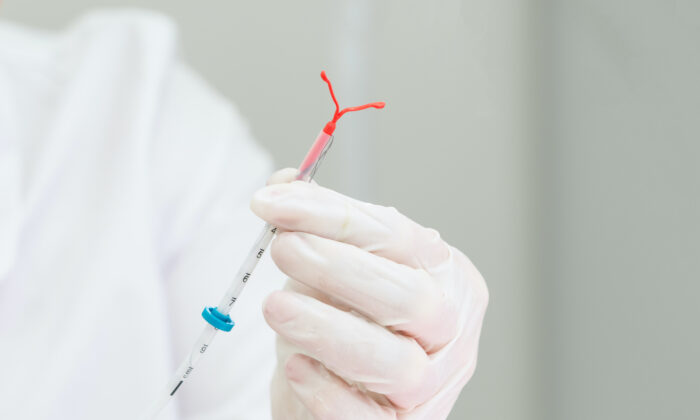The U.S. Centers for Disease Control and Prevention (CDC) issued updated practice recommendations for contraceptives on Thursday.
A notable update includes the addition of lidocaine, a topical and cervical anesthetic, to reduce patients’ pain during intrauterine device (IUD) insertion. IUDs are small, T-shaped devices inserted into the uterus to prevent pregnancy. “Minimizing pain is really common in medicine, and until you are a patient experiencing it yourself, do you ever actually understand and appreciate what it feels like to be on the other side of that?” Dr.

Tracey A. Wilkinson, an associate professor of pediatrics and obstetrics and gynecology at the Indiana University School of Medicine, told The Epoch Times. Wilkinson said that pain can occur when the IUD is inserted past the cervix, the entrance of the uterus, and also when the IUD is placed inside the uterus.
The cervix has many nerve endings, which can make it sensitive to pain. The uterus can also tighten when something is inserted, and the contraction can cause pain. “I do recommend patients taking what we call an NSAID, which is a nonsteroidal anti-inflammatory medicine, like Aleve (naproxen) or an Advil (ibuprofen), for example, just because it’s normal to experience some cramping after the insertion, but that usually ends after the first day,” she said.
On social media, many women have complained that they were not sufficiently warned about the pain and not given adequate pain medication. For some women, cramping can be severe and last for days. Other new recommendations are that doctors should counsel patients about how testosterone use may not prevent pregnancy.
The CDC also suggested that depot medroxyprogesterone acetate, a self-administered injectable contraception that works by preventing ovulation and thickening cervical mucus, be made available..



















